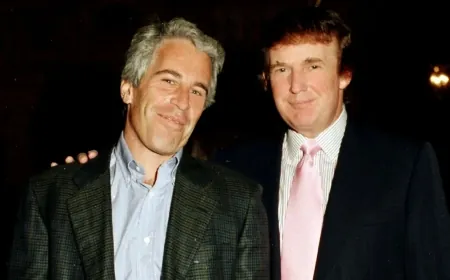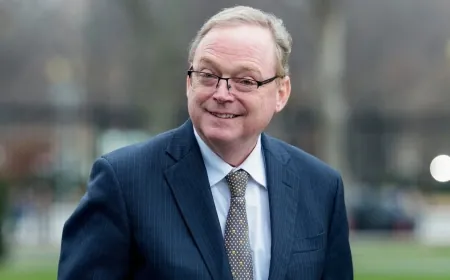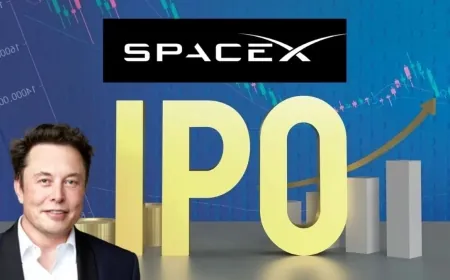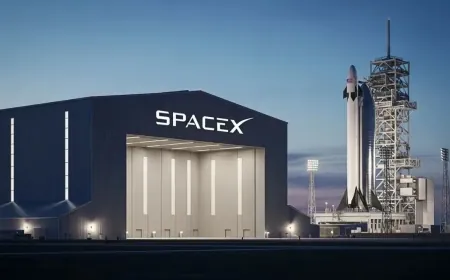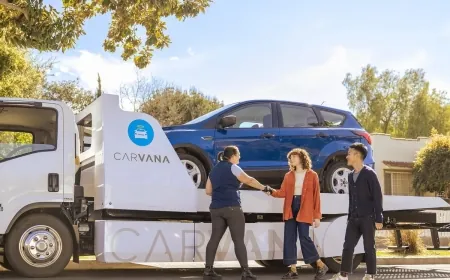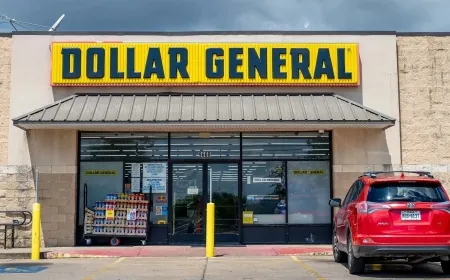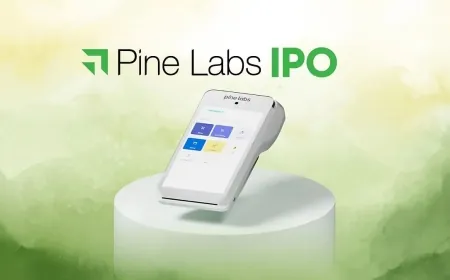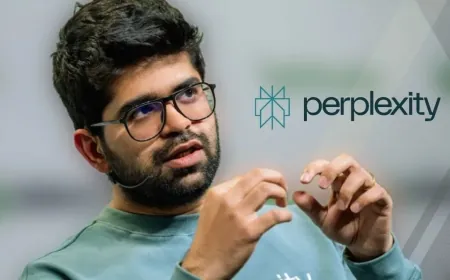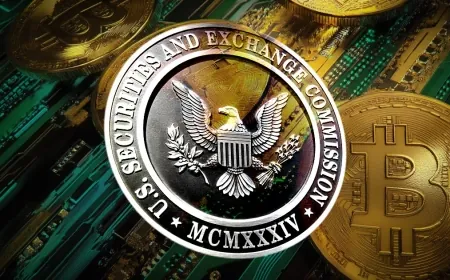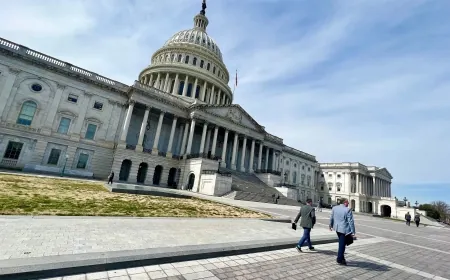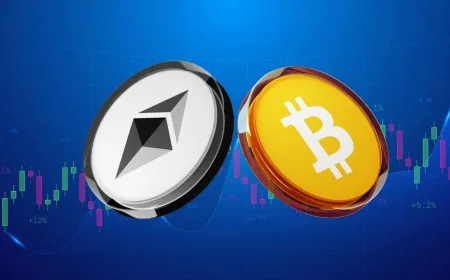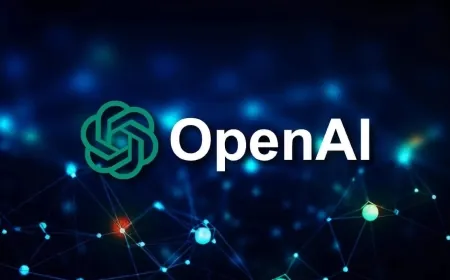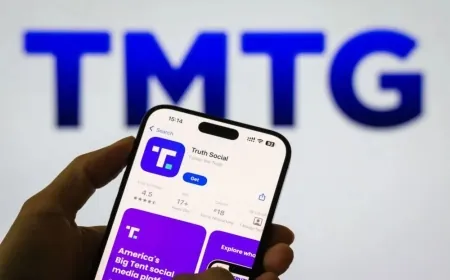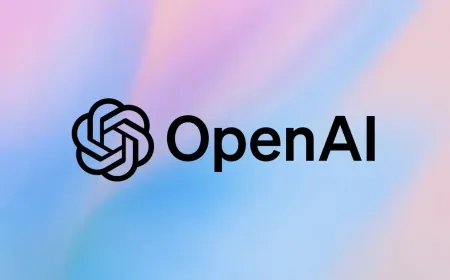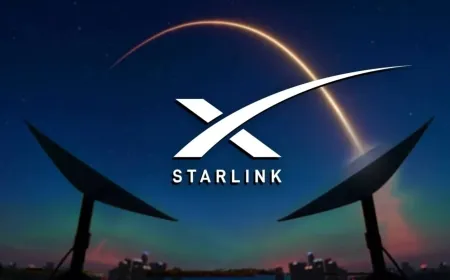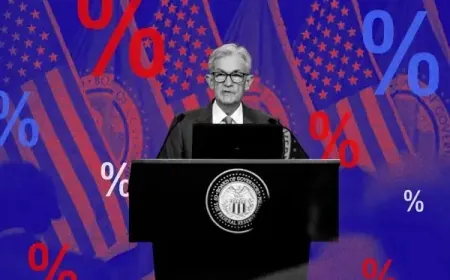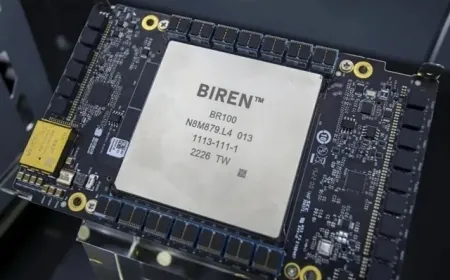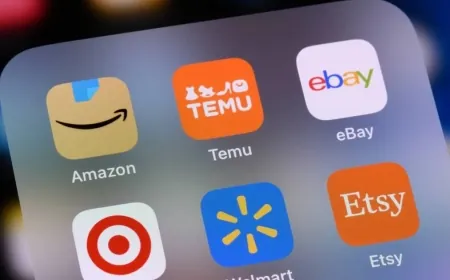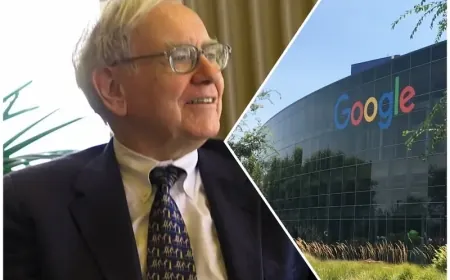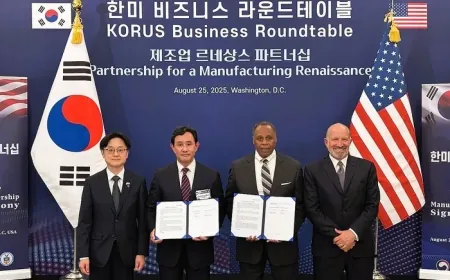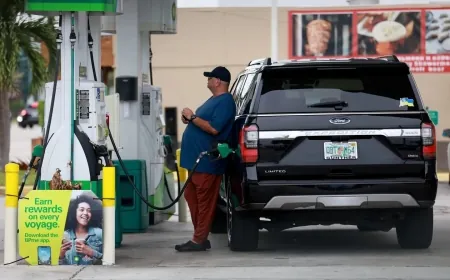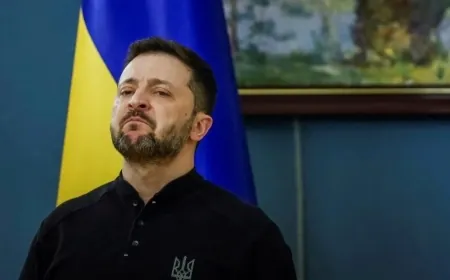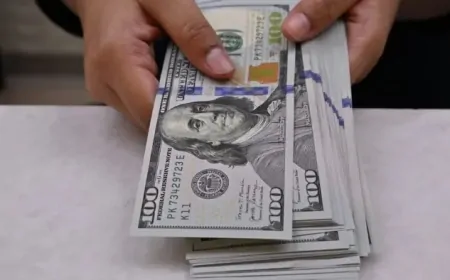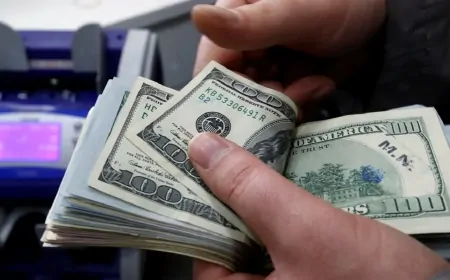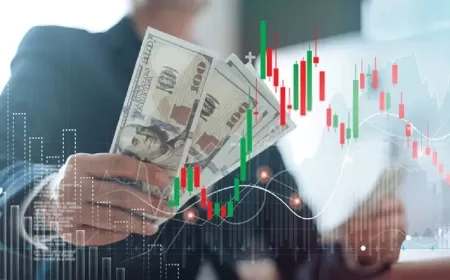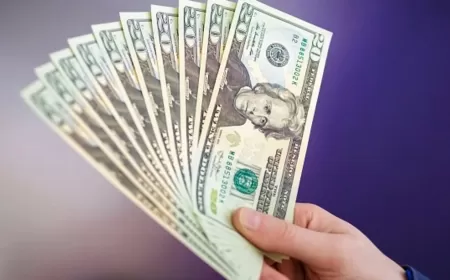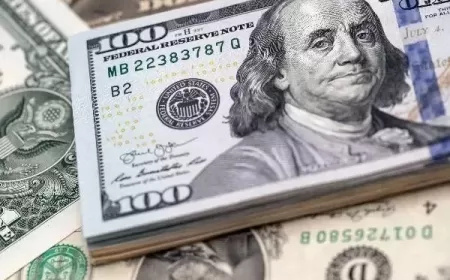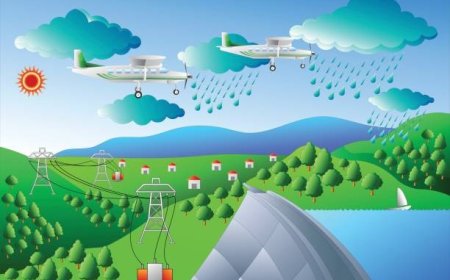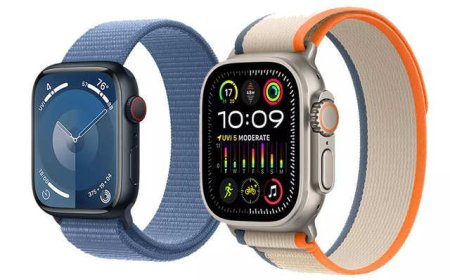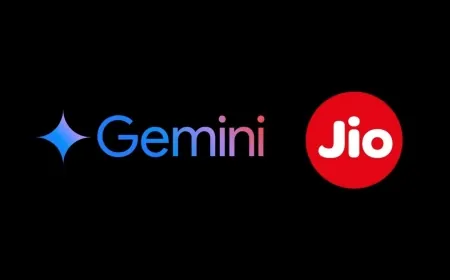Elon Musk Says Tesla’s Optimus Could ‘Eliminate Poverty’ After Record $1 Trillion Pay Approval
Elon Musk told Tesla shareholders that the Optimus humanoid robot will one day “eliminate poverty” and make jobs optional, following his $1 trillion pay plan approval.
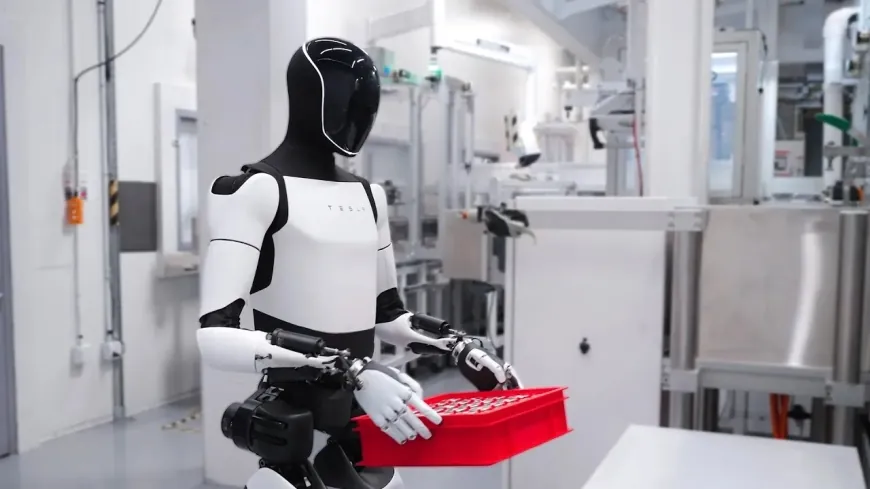
Key Highlights of Tesla’s Optimus Robot
At Tesla’s annual shareholder meeting in Austin, Texas, CEO Elon Musk outlined one of his most ambitious predictions yet: that his company’s humanoid robot, Optimus, could end poverty and make working optional.
The remarks came just minutes after shareholders approved Musk’s $1 trillion performance-based pay package, the largest in U.S. corporate history.
Musk Links Optimus to Economic Transformation
Musk said the Optimus program, still in the design and prototype stage, could one day perform the majority of human labor — allowing people to live comfortably without jobs.
“There’s only one way to truly eliminate poverty, and that’s with the Optimus robot,” Musk told shareholders.
“In a benign future, everyone will have a universal high income, and work will become optional.”
Musk said the robots could increase the global economy’s output tenfold — possibly even a hundredfold — once they enter mass production.
He described Optimus as a “force for good” capable of reshaping the balance between labor, productivity, and wealth creation.
Optimus: From Stage Demo to Core Tesla Project
Tesla first introduced Optimus in 2021 as a humanoid robot concept designed to perform repetitive or dangerous physical tasks.
Early prototypes, demonstrated over the past year, have been shown walking, sorting objects, and mimicking human gestures.
At the shareholder meeting, Tesla presented a short clip of Optimus performing simple movements, such as dancing and distributing candy to employees.
According to Musk, each robot will eventually cost between $20,000 and $30,000, a price point he claims would make them accessible to factories, businesses, and even households.
He said that in time, Tesla could sell up to one million units per year, forming a new pillar of the company’s revenue alongside electric vehicles and autonomous systems.
Shareholders Endorse Musk’s Vision
The same meeting that featured the Optimus pitch also saw investors approve Musk’s record pay deal.
The package, which ties Musk’s potential earnings to company milestones rather than cash payouts, could unlock as much as $1 trillion in Tesla stock if the automaker meets aggressive performance goals.
The compensation plan was originally adopted in 2018 but was paused following legal challenges. Tesla’s board revived the proposal this year, warning that losing Musk’s leadership could jeopardize the company’s future.
Roughly 75% of shareholders voted in favor of reinstating the plan, signaling strong confidence in Musk’s long-term direction.
‘AI That Can Work’
Musk contrasted Optimus with existing artificial intelligence models, saying that while AI software can enhance human productivity, embodied AI — robots that can physically operate in the world — could multiply it exponentially.
“There’s a limit to how much AI can help people work faster,” he said. “But there’s almost no limit to what AI can do when it can work itself.”
Tesla’s humanoid project uses technology derived from its Autopilot and Full Self-Driving software, allowing Optimus to interpret surroundings and navigate autonomously.
Musk has said the company’s next generation of AI chips and neural networks will be trained to control millions of robots operating in real-world environments.
A Future Without Work — and Its Risks
Musk described a “benign” version of the future, in which AI and robotics make scarcity obsolete and every person receives a “universal high income.”
But he also acknowledged the transition could be disruptive, saying that while abundance was possible, the path to it would be “traumatic and uneven.”
He even joked that Optimus could redefine law enforcement:
instead of imprisoning criminals, future robots might “follow you around and stop you from doing crime.”
Economists and technologists remain skeptical of such timelines.
Experts note that building reliable humanoid robots capable of general tasks is still years — if not decades — away, with Tesla’s prototypes performing only limited, preprogrammed actions.
AI and robots will replace all jobs.
Working will be optional, like growing your own vegetables, instead of buying them from the store. — Elon Musk (@elonmusk) October 21, 2025
Tesla Turns Its Factory Into a Robotics Test Lab
Musk said Tesla is using its own production lines to train and refine the Optimus robots, turning the Austin Gigafactory into a testing ground for mechanical learning.
Early units have been seen moving parts and performing basic assembly movements alongside human workers.
He explained that Tesla’s car-making software — the same system that helps vehicles interpret surroundings for Autopilot — is being adapted to teach robots how to balance, recognize tools, and repeat motions safely.
By using live factory data, the company hopes to speed up how quickly the robots learn new physical tasks.
The most difficult challenge, Musk said, remains hand control. Engineers are still working on actuators and grip sensors that can handle small components with precision and durability.
Once that system is reliable, Musk said, Optimus will be ready for limited deployment inside Tesla’s own facilities before being sold publicly.
“Optimus is already doing light work in our plants,” Musk said. “When it can safely handle complex tools, we’ll move to production.”
Also Read: Elon Musk Wins Shareholder Approval for $1 Trillion Tesla Pay Plan
